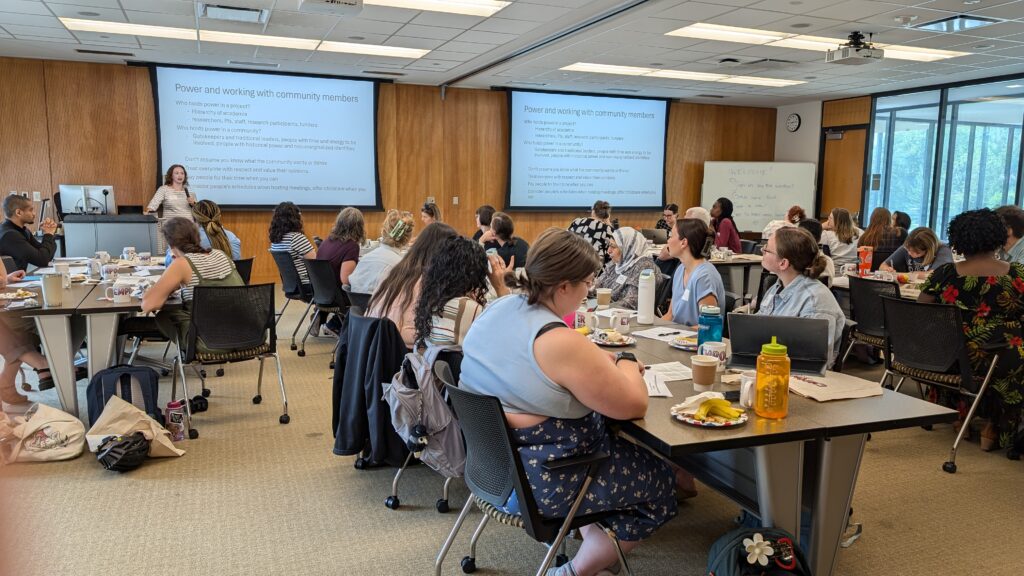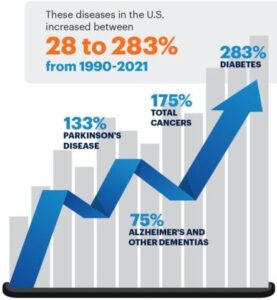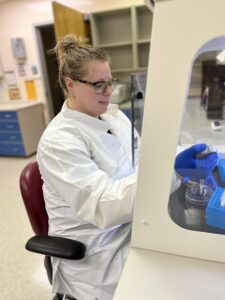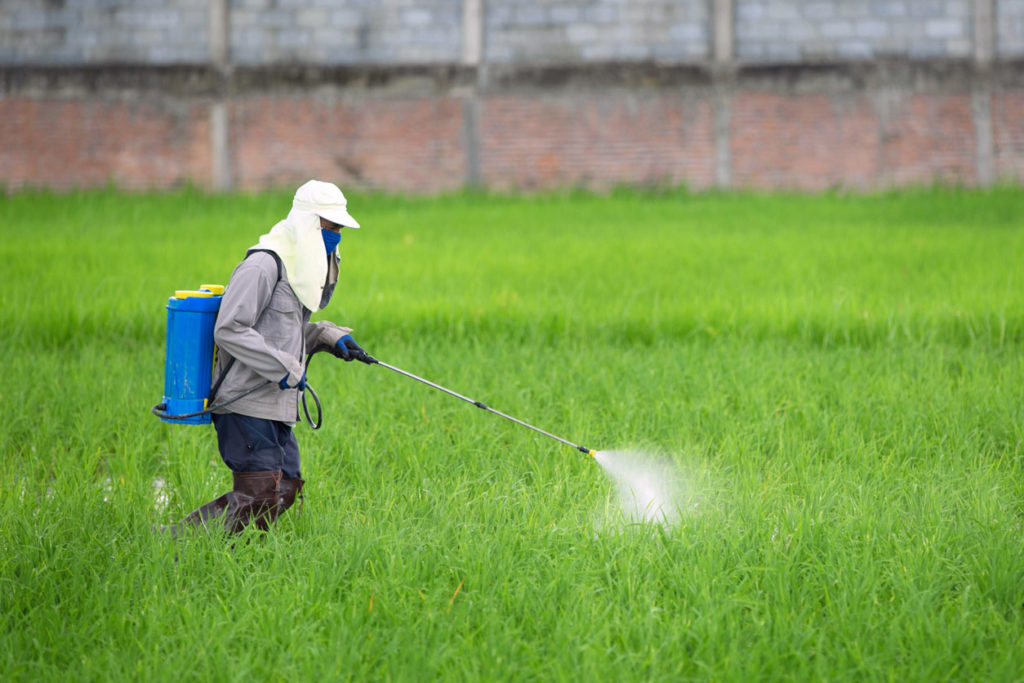The yearly training titled “Enhancing Your Research with Equitable Community Engagement” is seeking proposals for lightning talks (7-10 mins).
This call is open to anyone in the University of Iowa community (students, staff, faculty, post-docs, community partner) and the topic is community engagement in a Public Health project. The event will be the morning of June 25th.
Please submit your proposal using the qualtrics form by Monday April 21st. https://uiowa.qualtrics.com/jfe/form/SV_6ljGTFz3wLtLTng
Proposal components: Title of proposed talk, describe the project (200 words or less), and describe the community engagement component (100 words or less)

This event is sponsored by the Community Engagement Cores of the Environmental Health Sciences Research Center and Iowa Superfund Research Program.
Questions? Email Jackie Curnick at jcurnick@uiowa.edu
 Chronic diseases including cancer, diabetes, Parkinson’s Disease, chronic respiratory disease, and childhood neurodevelopmental disorders have increased dramatically in the United States over the past few decades. Research shows that these diseases are linked to environmental factors such as air pollution, microplastics, and harmful chemical exposures.
Chronic diseases including cancer, diabetes, Parkinson’s Disease, chronic respiratory disease, and childhood neurodevelopmental disorders have increased dramatically in the United States over the past few decades. Research shows that these diseases are linked to environmental factors such as air pollution, microplastics, and harmful chemical exposures. NIEHS is at the forefront of conducting research that protects public health by revealing how environmental factors impact health and disease and supporting communities in responding to environmental disasters such as chemical spills and extreme weather events like hurricanes. NIEHS P30 environmental health research centers are at the core of this mission by advancing scientific understanding, addressing emerging public health threats, improving community health, and reducing health care costs.
NIEHS is at the forefront of conducting research that protects public health by revealing how environmental factors impact health and disease and supporting communities in responding to environmental disasters such as chemical spills and extreme weather events like hurricanes. NIEHS P30 environmental health research centers are at the core of this mission by advancing scientific understanding, addressing emerging public health threats, improving community health, and reducing health care costs. The
The 
